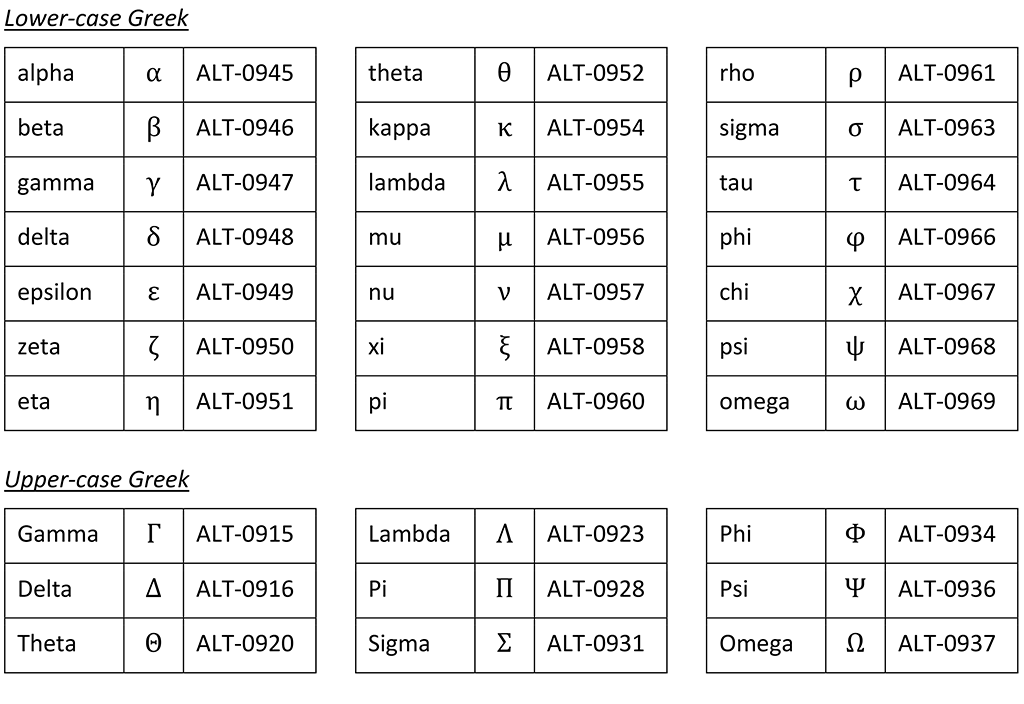

- Sun on keyboard symbol shortcuts how to#
- Sun on keyboard symbol shortcuts mac os#
- Sun on keyboard symbol shortcuts software#
- Sun on keyboard symbol shortcuts windows#
For example, in the picture below, the "F" in File is underlined, which means that you can access the File menu by pressing "Alt" + "F" (although some programs need you to press and hold "Alt" to see the underlined characters). You can also find the shortcut keys to your favourite programs by looking for underlined letters in their menus. Most modern laptops have backlit keyboards, but some budget models don’t have this feature. On a Mac, press the Increase Brightness key (it looks like a little rising sun).
Sun on keyboard symbol shortcuts windows#
Simply search using your favourite search engine, but to get you started, there is one on Wikipedia, one supplied by Mozilla and there is also a list on . Try F5, F9, or F11 to turn on the keyboard light on your Windows laptop. There are numerous sources of lists of keyboard shortcuts on the web. one problem on my end is that i use Sun keyboards on my office mac, just. On this page we haven't listed all possible keyboard shortcuts, or the instructions for all operating systems. after a while a lot of keyboard shortcuts stop working on OSX. Open Bookmarks/Favourites pane – "Apple" + "B".Alt codes 32 through 126 are dedicated to these keys. This is helpful if one of your keyboard keys is non-operational. As I mentioned earlier, you can use Alt codes to type characters you could otherwise type on your keyboard. Bookmark current page as a favourite – "Apple" + "D" The Alt Codes for uppercase letters, lowercase letters, numbers, and keyboard symbols.Web search – "Apple" + "K" to skip to the search in Firefox, or "Apple" + "E" to open the search pane in Internet Explorer.Go to your Home page – "Option" + "Home".Select the address bar – "Option" + "D".Move to previous tab – "Apple" + "Shift" + "Tab".Move to next tab – "Apple" + "Option" + "Tab".New window (once your browser is open) – "Apple" + "N".

Sun on keyboard symbol shortcuts mac os#
Using keyboard shortcuts in Mac OS Using keyboard shortcuts to work your browser

Open Bookmarks/Favourites pane – "Ctrl" + "I".Bookmark current page as a favourite – "Ctrl" + "D".Web search – "Ctrl" + "K" to skip to the search in Firefox, or "Ctrl" + "E" to open the search pane in Internet Explorer.Forward to next page (previously downloaded) – "Shift" + "Backspace".Stop downloading the current page – "Escape".Using keyboard shortcuts to navigate the Web Move to previous tab – "Ctrl" + "Shift" + "Tab".New window (once your browser is open) – "Ctrl" + "N".Start your internet browser – "Windows" key + "I".Using keyboard shortcuts in Windows Using keyboard shortcuts to work your browser
Sun on keyboard symbol shortcuts how to#
However, there are lots more key combinations already programmed into your computer for you to use when getting around the internet, or your computer in general – we have given some hints on how to find out more of these in the last section on this page. We've listed some of the combinations of keys you can use, in Windows, or in Mac OS, to perform some of the commonest web tasks. Do you wish to start it?".If you have to, or would rather, avoid using a mouse, you can use your keyboard to do most of the things you need to do to on a computer. When you click it, a dialog says "Keyboard Input Methods (IBus Daemon) is not running. I remember issues with ibus or Qt being run by root and the other not.Įdit : if you type "keyboard" in Mint menu, you get "IBus preferences" in the list. When I tried to make it work inside Qt, I realized it's not simple under the hood. If you go to Mint settings / input method you can replace "none" (default) with "ibus" and this gives you (at least me) a nice new tool in the panel, and now Crtrl+Shift +E calls a nice emoji menu, where you don't have to learn all the codes.

Sun on keyboard symbol shortcuts software#
Hmm, now I think maybe I installed ibus, with apt or software center. I don't remember doing anything special to activate it everywhere. : ctrl+shift + E then type >( (or >( for maximum anger) : Ctrl+Shift + E then type "like" (on screen you see " elike"), then Enter. For me it works everywhere except Qt apps. I'm on Mint 19.1, I use Ctrl+Shift E (ibus) a lot. Some say Ctrl + Shift + E should do it, but I using 20.3 couldn't do it.


 0 kommentar(er)
0 kommentar(er)
